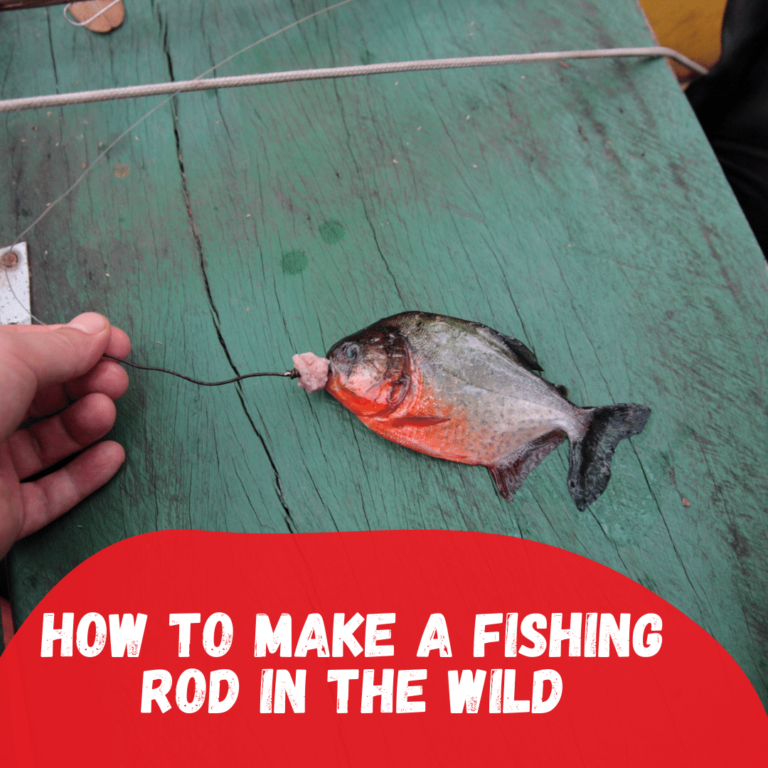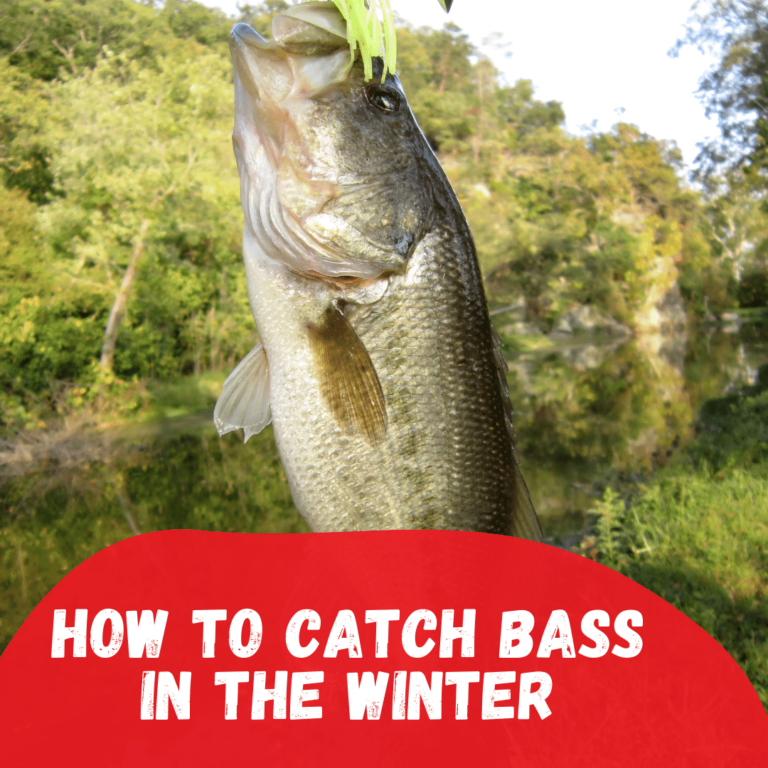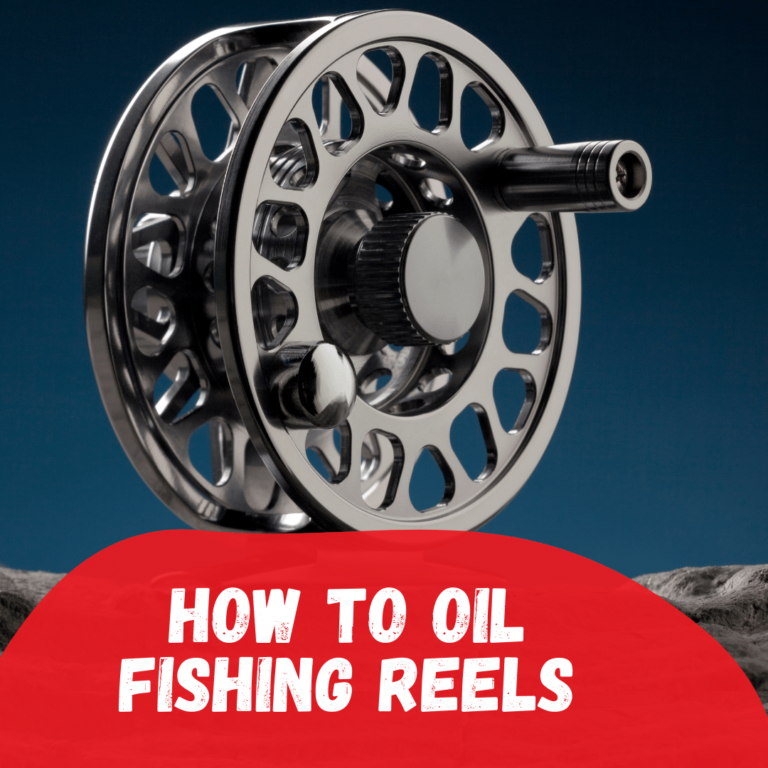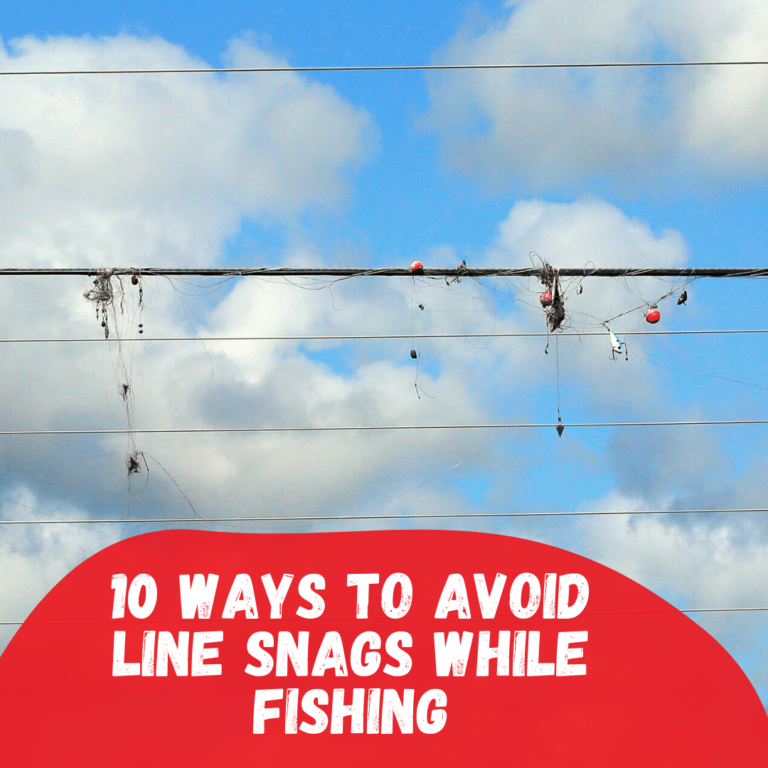DIY Fishing Sinkers – Save Money on Sinkers
A label warning attached to a fishing sinker would read,” you’ll lose me the moment you shoot me to the water.” As simple as that, you hope to get good hunting and your sinker back, but eventually, it is only the delicious prey minus the precious sinker. Especially if you are fishing in a rocky area, it gets snagged in the stones. If every fisherman got a penny for each sinker he lost, fishermen would make a fat fortune. Before delving deep with sinkers and fish, let’s talk a bit about the basics before we talk about how to make your own DIY fishing sinkers.
Fishing weights (sinkers) are manufactured by using lead and other materials and helps weigh down the bait on your fishing line. This, of course, gives you control over your lure and allows you to fish at a greater scope. Increasing your chances of capturing a fat hunt.
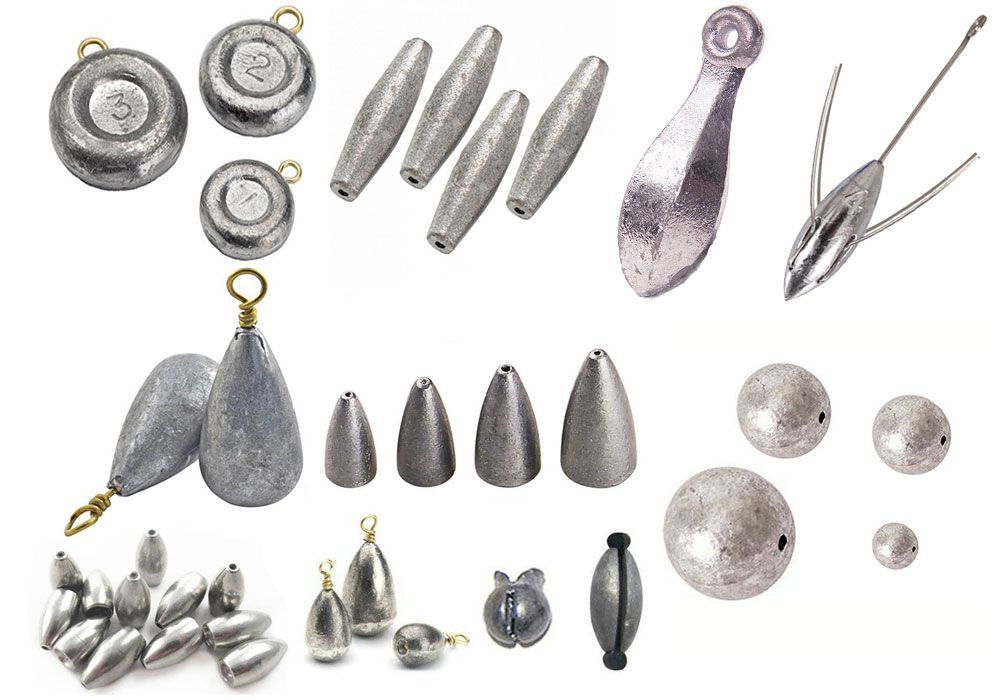
But before we start making our own DIY fishing sinkers you must read this safety guideline and your country’s laws on DIY fishing sinkers.
Top 10 Types of Fishing Weights
Weights (sinkers), whether homemade or from the store, exist in a variety of colors and shapes. Here’s a list of the most used 10 types of weights and their use.
- Barrel Sinkers (Egg Sinkers) — For slip rigs or live bait fishing
- Split-Shots — Lightweight, used for fishing in currents. Can be pinched on or off the line.
- Pyramid Sinkers — Bottom fishing and fast-moving currents, or surf-fishing.
- Bullet Sinkers — Used mostly for Texas-Rigging plastic worms for bass fishing.
- Bass Casting — Have snaps and are used with a swivel.
- Keel Bars and Drail — For trolling — have swivels and snaps attached to both ends.
- Bank Sinkers — Tied to the end of a rig or attached to a slide above the hook.
- Rubber-Core or Clinch — Easy to add or remove and attach above the swivel.
- Drop-Shot Sinkers — Used for drop-shutting where the hook is above the weight. The sinker breaks away when hung up on the structure. It has a clip where no knots are required to tie the weight on.
- Bell Sinkers aka Dipsey Sinkers — Usually a 3-way rig with a swivel.
The fashion you use to rig the sinkers can contribute greatly to either losing the sinker or keeping it.
If you are fishing in a rocky area then you probably know how many sinkers you are losing every time you go fishing. I had lost over 40 LB of sinkers in the last 6 months. This is a lot of money.
In almost every cast I lose one sinker because it gets snagged in the stones. This is so frustrating. So, I decided to find alternative sinkers that I can use without buying. Let’s share with you my DIY fishing sinkers.
You can see our other article: How to make a fishing rod in the wild
1) Junk Yard Parts as Sinker
You can use junkyard parts as a sinker. Mostly I am using car spark plus as sinkers. Some people urge that it might pollute the water but it’s up to you. For me, it’s working fine as a sinker as it has a ready hook. You can smash the top to make it touch the nipple and create a loop. So you can add your swivel.
“A man’s trash is another man’s treasure.” Indeed, the leftovers hold all the magic in the world. Here’s a chance to create and recycle. You help the environment and you help yourself and you get yourself some cool sinkers with different flavors; tires, car parts, pipes, etc…..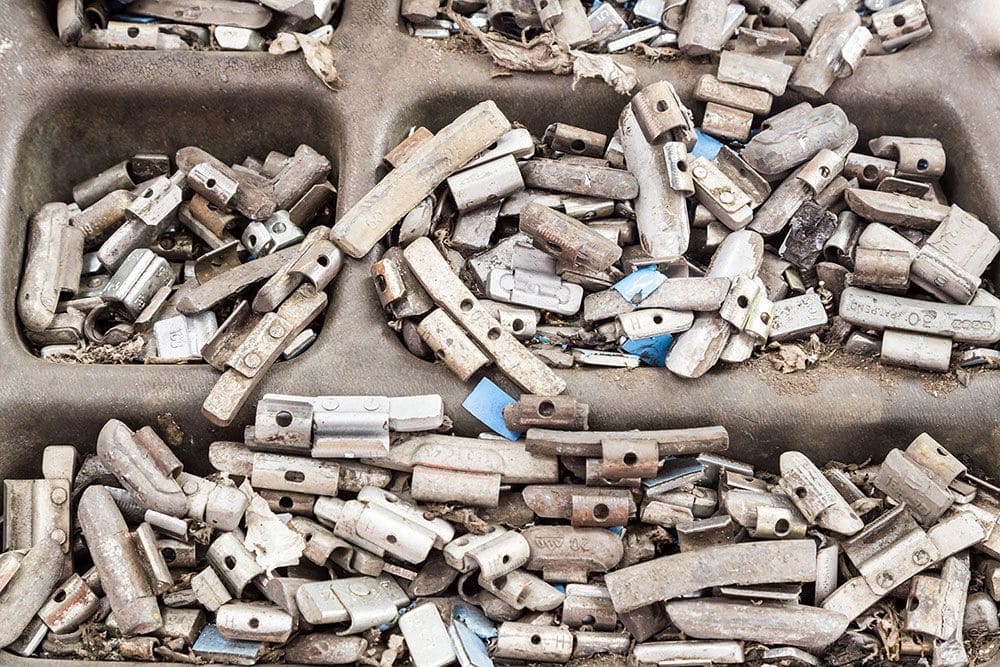
For me, I use car spark plugs as sinkers. Go to a Jung yard and get spark plugs, they either gonna sell them for cheap or just give them away for free. Some people urge that it might pollute the water but it’s up to you. For me, it’s working fine as a sinker as it has a ready hook. You can smash the top to make it touch the nipple and create a loop. Later, you add your swivel. If you want more weight then you can just simply put two spark plugs together attaching with a key ring or line. By this, you will add more weight.
You can check detailed video by Hey Skipper on The Junkyard Fishing Rig saves you money & catches fish!
Another way of creating the method would be to attach a paperclip onto it, so if your sinker got stuck instead of breaking your entire rig, just the spark plug will come off. It saves your rig from being completely snagged. Yay! Spark plugs for the win!
For those who argue the environmental implications of using such a method, you can always use rock and rubber bands. They are safer for the environment.
2) Natural Stone as Sinker
It is obvious that fish can distinguish a normal lead sinker at first sight for a variety of reasons. Namely, the lid is very toxic, if you leave it in the water, nothing will live there. Amazingly, fish somehow sense its futility and spook away from it. A stone functions similarly to a lead and it even weighs heavier. It is a smart trick to use a natural element to fool the fish. The poor prey will never suspect. Further, stones own the ability to absorb water with different flavors, leaving the fish unable to distinguish the bait attached to it. The variety of colors and shapes is a bounce, on the other hand, lead is nothing but a blank canvas of black and green. Stones are a massive part of our armory that helps us to catch more fish.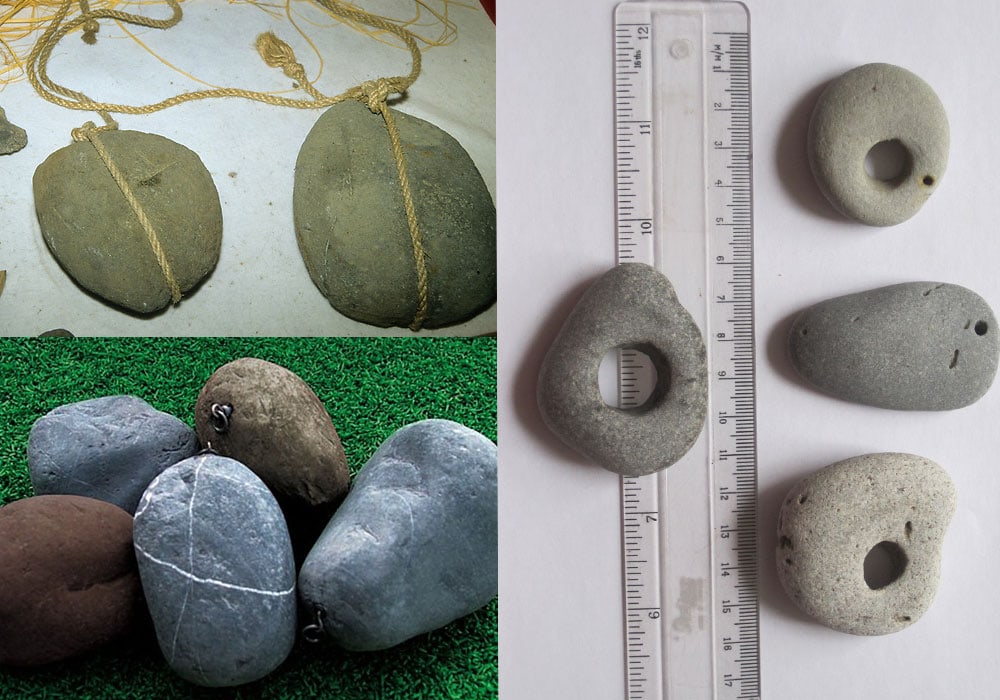
How to make yourself a stone sinker?
Collect a bunch of different rocks and stones, avoid the edgy ones, they don’t have to be symmetrical. Next, you are going to need a dish to put the stones in and soak them in water. For the next step, you are gonna use a driller in order to make a tinny hole in each stone. Thread a 2-inch length of 22-gauge soft aluminum wire through the hole. Bend the tips of the wire, using your needle-nose pliers, into ¼-inch J-hooks. Slide the J-hooks through each other so they make the wire into a closed loop.
Twist each J-hook tail onto the shaft of the wire as tightly as you can with the pliers, securing the ends of the wire loop onto one another. If there are sharp or rough tips on the wire, grip them between the pliers and mash them, then add a drop of clear fingernail polish to the crimp and let it dry. The sinker can now be attached to any standard fishing snap.
3) Homemade molds sinkers
Now, this is more of a game, a fun game. You collect your own lead get yourself aware and start melting the pieces. First, look for any sources of lead, it might be worn-out batteries, pellets, shots, slugs, round balls, and bullets. Collect them into a pot and start melting the lead. Next, you expose the molds to heat, and you must make sure that the molds are not wet at all, ‘cause adding the hot lead to a moist mold would cause an explosion and we don’t want that. Next, attach the silk thread to your mold and leave it to cool.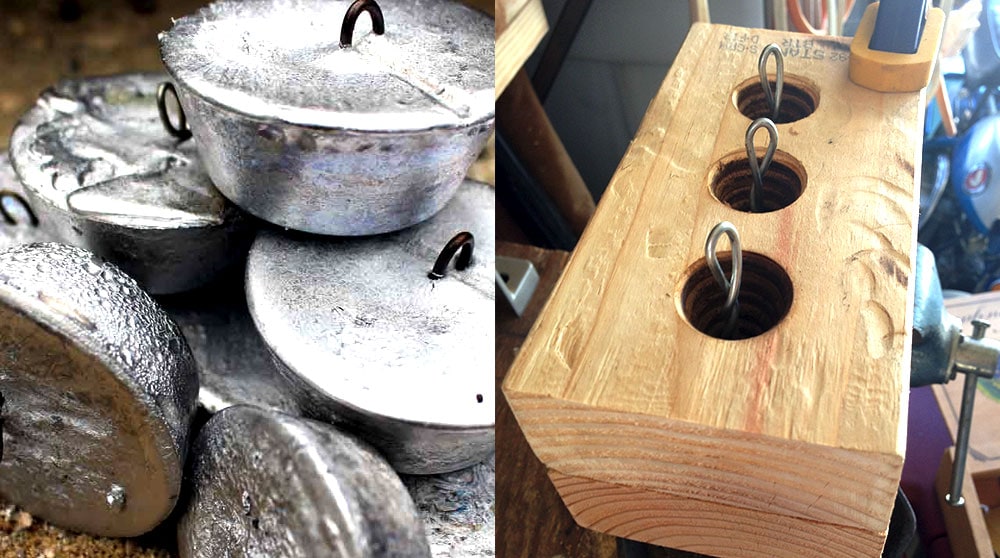
The fun part is that you can create different shapes and colors, and this leaves you with a variety of options. You got the bait and you create the sinker accordingly. Here’s an idea, why don’t you start your own sinker molds business?
4) Cement Fishing Weights or Sinkers-Plastic Mold
You might find this hard to believe, but today is the day you’re going to beg your kid or little brother to hand you their kinder egg after finishing pigging it. Doing planet Earth a favor, for these plastic products outlive you, buddy! You are recycling them and saving money, indeed! It is definitely not rocket science, all you are going to need to a variety of tinny plastic products (kinder eggs, plastic small containers), some wires, and your hook. You’ll start by making a hole in the top of the plastic egg, it is where you are going to place the hook later.
After finishing setting all the molds, you place them in a container full of sand. Next, you prepare the cement and you add a little amount of sand to the mixture. Finally, you start pouring the mixture cautiously. Leave it for 24 hours and come back later to unlock the stoned mixture from the plastic mold. Now, you will attach the wires and the hunt is on! This method is resourceful, cheap, and eco-friendly. This is going to cost you some kinder eggs, but it will sure save you the money to buy more.
5) Fishing weights from wheel weights
if any of your relatives got a salvage yard, he might care to lend you some tires, well nonrefundable ones. A cool fisherman praised this method and I quote him,” I use wheel weights about 99 % of the time for sinkers and any bass jig I will be painting. I do have a 5-pound chunk of lead I got at a plumbing supply house I use every now and then for jigs I bass fish with and won’t be painting.
But the wheel weights are the way to go. I got a battery box full (totally full) of wheel weights one time. It took me years to make a dent in that many weights. Just be careful if you have never used these if some of them have a lot of grease on them. I have had a number of flame-ups with those, but mostly the greasy ones just made a lot of smoke. You can skim off the little metal clips and old slag with a kitchen spoon before pouring sinkers.”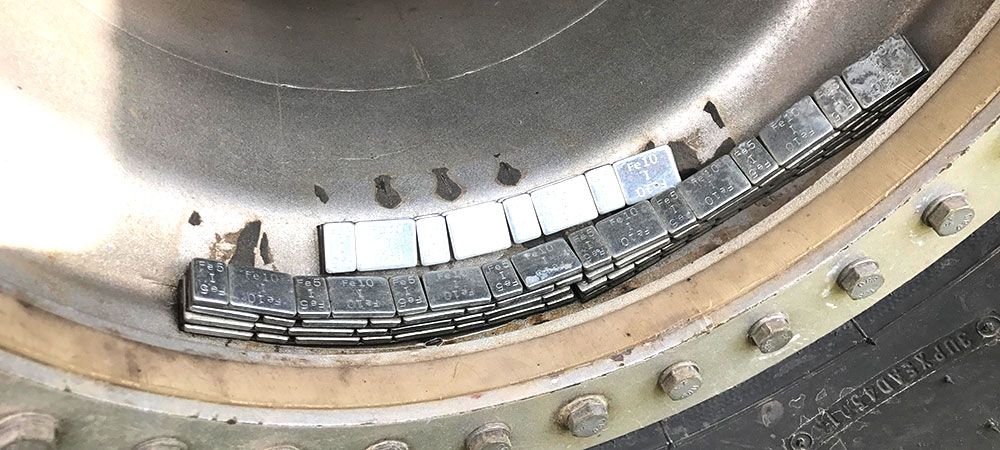
But hey! Before getting to work there are a few things that you should take into consideration:
- ventilations: lead stinks. You’ll want to keep a window or two open, or maybe move your workshop to an open place
- water and lead don’t mix!! Make sure you heat the molds before adding the heated lead. Adding the mixture to a moist mold can cause an explosion.
- Anything that hot lead is going to come into contact with should be clean, dry, and preheated before you pour.
- Safety gloves are a must when dealing with power tools.
For those who argue the environmental implications of using such a method, you can always use rock and rubber bands. They are safer for the environment.
6) Melting Aluminum Cans into Fishing Sinkers
I promise this is pleasing to watch but absolutely hard to undertake. Aluminum cans are everywhere, so you might find several resources to provide you with some. Next, you’ll prepare a campfire and you are going to melt these cans. Prepare your favorite molds and dig them into a container filled with playground sand. Remove your molds and pour the melted mixture. Finally, attach the wires and you’ll get a cool sinker! Didn’t sound hard? The melting process is pretty much a big deal, and we don’t want you endangering yourself and all, so again, get your gloves and the entire safety package.
Some people argue that it is much easier to melt lead because of the high-temperature degrees needed to melt Aluminum cans. Besides, Aluminum is too heavy and shall send your bait not much further.
7) Old shower hangers into DIY fishing sinkers
Sick of your old hanger and you are considering getting a new one? You might as well keep a faulty, worn-out one. Collect as many balls of the hangers as you can, and have the plastic layer removed, then by using a driller make a small hole in them. You know what to do next. Bring those wires and hooks on.
These little balls might not be the heaviest weight, but they will do in a small pound.
8) Dumped cast nets lead as a fishing weight
Did you know that a lot of fishermen forsake their cast nets? And did you know that this selfless action is indeed in your favor? Cast nets can contain countless weights. You just go and collect the nets and start taking off the weights.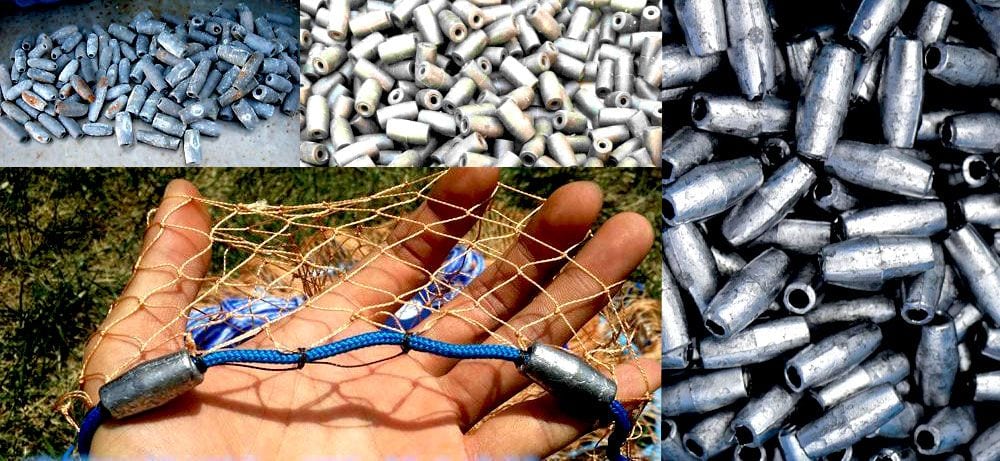
9) Wooden Mold
1- Cut a block of wood with a saw so it is a bit larger than the size of the weight you want to make.
2- Drill into the top of the block using a power drill to break the surface into an opening Make the opening as wide as the wider end of the weight.
3- Use a smaller bit to continue to carve out the rough shape of the weight until you have the basic shape of the weight.
4- Take a small chisel to the inside of the block to make the mold more defined. Use an existing fishing weight that you have as a reference for the right shape.
10) Potato Mold
1- Choose a large potato with a thick middle section. Look for one with a uniform shape, rather than one with irregular angles. Cut the potato in half with a knife to make two deep, short sections rather than long, flat ones.
2- Use a paring knife to carefully carve out the shape of the weight you want to make. If you are making a weight that is narrower on one end, make the narrow end in the lower, inside part of the potato and the wider part at the open, cut end.
3- Get an existing fishing weight that you have and fit it in the shape you are making the mold. Try several times until you have carved out the potato so the weight fits in perfectly.
Conclusion
You can always get creative and use weird, innovative, and cheap fashions to create your own sinkers, and who knows maybe you’ll establish your own business.
Let me know in the comment section what weird weights you are using for sinkers.
Some Good Read
10 Ways To Avoid Line Snags While Fishing – Save Your Money
11 Ways to Tie Fishing Knot With Braided Line
How to make a fishing rods in the wild



